Ukraine War has sparked a popular speculation – what if China takes the opportunity to launch a similar invasion to seize Taiwan. Arguably, now is the best time for Beijing to reclaim the island located just 100 miles away – while the U.S. attention is in Europe – because military experts generally agreed that the U.S. cannot fight two wars at the same time.
Of course, Ukraine is not Taiwan and Russia is not China. Unless Taipei is extremely foolish enough to officially declare independence, Beijing has no plan to invade the island, at least not now. But that hasn’t stopped the U.S. from instigating Taiwan with illusion that America will militarily come to its defence, and at the same time provoking China with weapon sales and official visits to Taiwan.
As far as the U.S. is concerned, both Ukraine and Taiwan are its proxies to fight Russia and China. It doesn’t care about deaths as a result of new wars in either Europe or Asia because America is thousands of miles away. However, the economic impact of the ongoing Ukraine war on the U.S. – even globally – has raised questions in Washington over miscalculating Russian resilience.
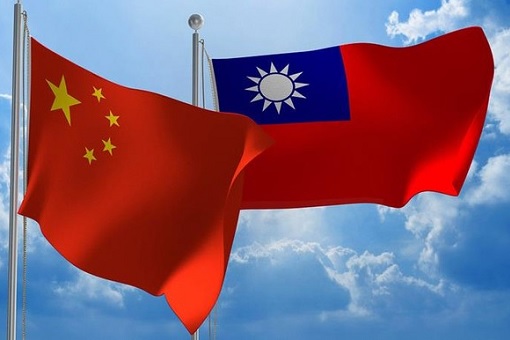
Clearly, the U.S. has failed spectacularly about its plan of using Ukraine to bring down Russia to its knees. Therefore, the same game plan of using Taiwan to suppress China’s rising power will also fail. Russia is not China. The Russian GDP is only US$1.48 trillion, while the Chinese GDP is US$14.7 trillion (2020). China’s economy is about 10 times bigger.
If sanctions on Russia could trigger inflation like the one we see today, imagine the types of impact to the world if the same sanctions are imposed on China. While Russia’s potent weapon has been oil and gas, China’s lethal weapon is its supply chains. Trump’s “trade war” with China fails because the Chinese economic resilience is rooted in the strength of its manufacturing sector.
There was a reason why Trump agreed to exclude Apple when his administration imposed tariffs on Chinese imports. Tim Cook managed to convince Trump that Apple was so vulnerable in the trade war that iPhones would be long dead before the U.S. tariffs could damage the Chinese economy. The radical strategy to remove China from the center of the global supply chain simply will not work.
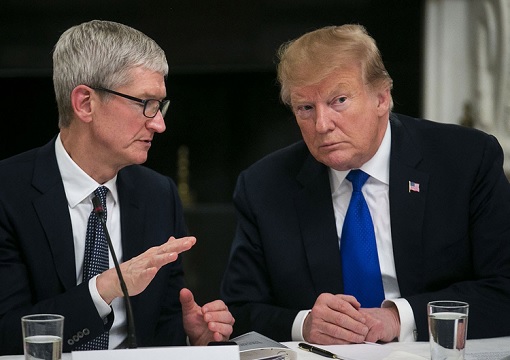
In December 2021, “The Information” portal revealed how Tim Cook made a secret deal with Beijing. The 5-year deal – worth a staggering US$275 billion – was Apple’s promise to help develop China’s economy and technological prowess through investments, business deals and worker training. Mr Cook made the promise when he personally paid a visit to China in 2016.
Apparently, Apple executives were scrambling to salvage the company’s relationship with Beijing, who believed the American company wasn’t contributing enough to the local economy. Stunningly, the promise to splash US$275 billion was four times more than the US$68.3 billion in revenue that Apple made in China in 2021, when the company reclaimed the No.1 spot in the country for the first time in six years.
The American multinational technology company was so concerned about China market that Cook “personally lobbied officials” in China over threats made against Apple Pay, iCloud and the App Store, so much so Apple willingly invested US$1 billion in Didi Chuxing to pacify Beijing. Cook even brought along Apple COO Jeff Williams and government affairs head Lisa Jackson to meet senior Chinese government officials.
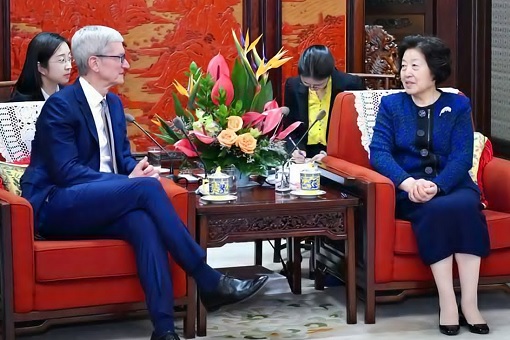
Some of Apple’s investment in China would go toward building new retail stores, research and development centers and renewable energy projects. Apple also promised to use more components from Chinese suppliers in its devices, sign deals with Chinese software firms, collaborate on technology with Chinese universities and directly invest in Chinese tech companies.
As recent as April 1, 2022, US Senator Marco Rubio of Florida published a letter he wrote to Tim Cook, complaining how Apple’s decision to purchase NAND chips from Chinese chip manufacturer Yangtze Memory Technologies Co. (YMTC) would threaten U.S. national security. Rubio argued that YMTC is linked to the Chinese Communist Party’s (CCP) and the People’s Liberation Army (PLA).
But politicians like Rubio conveniently ignore the fact that even Samsung, the world’s largest NAND flash memory manufacturer with a 30% market share, is producing it in China. The same goes to American producer Micron Technology. When Intel sold its NAND and SSD business to SK Hynix for US$9 billion, the South Korean chipmaker actually had to get “approval” from the Chinese antitrust authority for the merger.
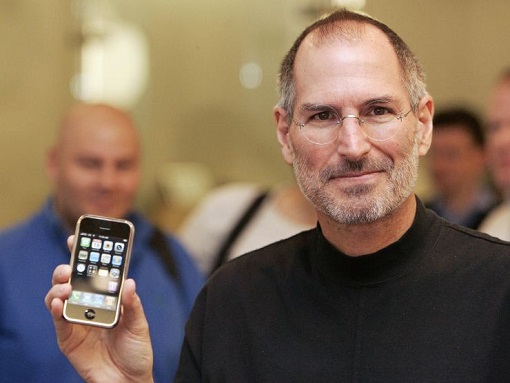
According to the Apple Supplier List, at least half of the top 200 suppliers are located in areas of China. These include not just high-profile companies responsible for final assembly of Apple products – Pegatron, Quanta, and Compal – but also critical component suppliers. Hence, the Covid-19 lockdown in China has huge impact on the production of iPhone, iPad, iPod, Mac and Apple Watch.
An estimated 90% of Apple products are assembled in China by Hon Hai Precision Industry (Foxconn) of Taiwan and other contract manufacturers. However, while Apple generated an operating margin of 29.8%, Hon Hai gets only 2.5%. Essentially, Apple is profiting tremendously from its outsourced supply-chain and assembly operations in China.
Even though Apple has decided this month to move some iPad production from China to Vietnam after strict Covid lockdown, it would be foolish to think such move is proof that Western companies can stop depending on China for manufacturing materials. The Apple Supplier List also shows that 7 out of 21 suppliers based in Vietnam are actually Chinese-owned.
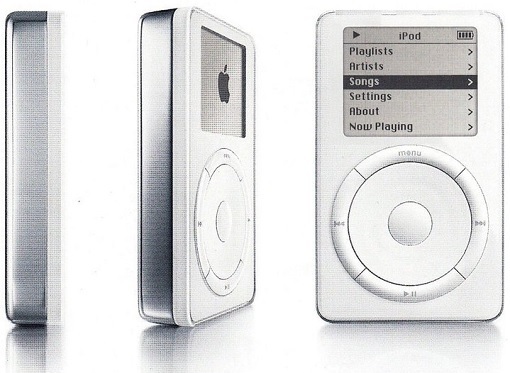
Still, why a company like Apple can’t shifts everything to other countries like India or South America? After all, wages for Chinese workers are not cheap anymore. The reason is simple – China has the world’s most extensive and sophisticated electronics manufacturing infrastructure as well as the largest pool of talent. This is also the reason why jobs cannot be brought home, as desired by Donald Trump.
Cook once revealed during an interview – “Let me be clear. China put an enormous focus on manufacturing, in what you and I would call vocational kind of skills. The US over time began to stop having as many vocational kind of skills. I mean you could take every tool and die maker in the United States and probably put them in the room that we’re currently sitting in. In China you would have to have multiple football fields.”
Tool and die makers build and operate tools used in manufacturing. There are about 60,529 “Tool And Die Makers” currently employed in the U.S. Unfortunately, the American tool and die makers are in the wrong industries such as automobile or machinery, not electronic. Chinese skills in electronic productions cannot be transferred to America because such infrastructure doesn’t exist in the U.S. from the beginning.
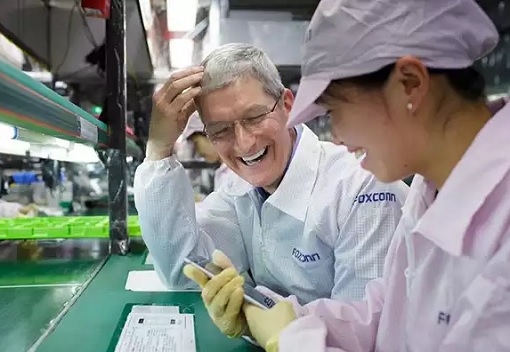
Foxconn alone has 1-million workers in China, making most of Apple products. But even the Taiwanese giant itself cannot shut down and move to another country because the availability of such skill sets is closely tied to the education system in China. Just imagine the massive Chinese workers were being custom-made to make iPhone, iPad, iPod, Mac and Apple Watch.
The problem is quite similar to Taiwan Semiconductor Manufacturing Company (TSMC), the world’s biggest foundry by market share (56%) who has committed to invest US$100 billion over the next three years to expand its chip fabrication capacity. TSMC’s plan to spend US$12 billion to build and operate a 5-nanometer semiconductor fab in northern Phoenix, Arizona, however, has hit an obstacle.
The Taiwanese chip manufacturer is facing problem hiring American workers. Not only the cost of producing chips in the U.S. would be 50% higher than that in Taiwan, university graduates in the U.S. prefer to work with Intel than TSMC. To make matters worse, not many Americans wanted to enter the chip-manufacturing sector – the exact problem highlighted by Tim Cook.
![]()
In the same breath, Taiwan’s prowess in chip manufacturing is another reason why the U.S. should think twice about provoking another war between China and Taiwan. While some analysts have suggested that Taiwan should adopt a “scorched earth policy” – threatens to destroy its own crown jewel TSMC if China invades the island – it could create a serious global chip crisis if Beijing pre-emptively invades Taiwan.
The U.S. would be forced to sanction China if Beijing decides to invade Taiwan. That would not only destroy Apple’s primary supply chain, but also 2.4 million jobs in the U.S. that the tech giant created. Yes, while 90% of Apple products are assembled in China, about 80% of 30 million iOS developers and employees are located outside of China. But that’s not all.
Praising some 5 million Chinese software developers working on the Apple mobile operating system, Apple CEO Tim Cook said during Apple’s Worldwide Developers Conference (WWDC) this month – “Chinese developers have always been at the cutting edge, and I think that will continue to grow. I cannot wait to see what you are going to do next”.
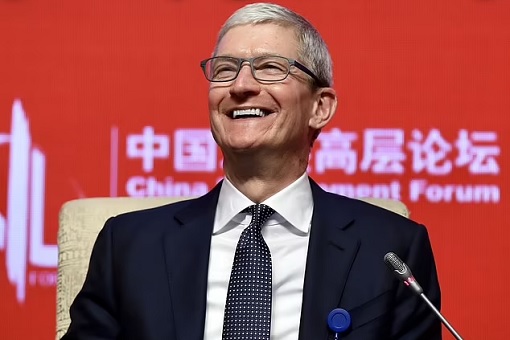
Apple’s US$275 billion investment in China could be interpreted as a vote of confidence that it will stay there permanently. The massive investment could also be interpreted as a deliberate move to prevent the U.S. from hastily starts a war with China. Tim Cook basically warned that the economic destruction will be too great for the U.S. to go to war with China, just like how Joe Biden faces now.
Other Articles That May Interest You …
- A Shift In Propaganda To Damage Control In Washington – Why President Biden & Western Media Making U-Turn Now
- Recession Inevitable – Federal Reserve May Slap 0.75% Rate Hike To Trigger A Recession To Try Fix Its Own Screw-Up
- Economic & Financial Meltdown Is Here – All Signs Lead To Recession, Stagflation, Jobless And A Repeat Of Dot-Com Bust
- From Cheap Money To Ukraine War – How The U.S. Screws Up Its Inflation, And Scrambles To Prevent A Global Recession
- Russia Cuts Off Gas To Poland & Bulgaria – European Gas Jumps 24% As Putin Starts Punishing “Unfriendly Countries”
- Some Of $3.4 Billion Weapons Sent To Ukraine Will End Up In Black Market – Others May Come Back To Haunt U.S. & Europe
- Ukraine Invasion – Putin’s Real Intention That Conventional Wisdom Have Failed To Comprehend
- U.S. Sanctions Fail – How Russian Currency Emerges Stronger Than Pre-War With A New Gold Standard
- Pay Gas In Ruble Or Else – Europe In Serious Trouble As Putin Retaliates Against Western Sanctions
- Bypassing US Dollar – India And Saudi Arabia To Turn To Chinese Yuan In Trades With Russia & China
- From Wheat To Oil & Gas – How Russia Invasion Of Ukraine Affects Europe’s Food Supply, And Even Your Loaf Of Bread

|
|
June 22nd, 2022 by financetwitter
|


|

|

|

|

|

|




























New Yorkers slam ‘stupid’ gun ruling, Republicans celebrate
By AFP -June 24, 2022 6:58 AM
https://www.freemalaysiatoday.com/category/world/2022/06/24/new-yorkers-slam-stupid-gun-ruling-republicans-celebrate/
========
It is indeed a foolish ruling. What your government under your President Blur Joe Biden is saying is that, we will do onto ourselves, what we are doing onto others…Globally… which is senseless killing. Which is also why the American influence should be restricted to its own country…. not Globally. Its should also come up with a “Happy Killings Day” like that Hollywood movie titled,
‘ THE PURGE ‘
1. THE PURGE Best Scenes + Trailer (2013).
https://www.youtube.com/watch?v=9IF71uw8vg4
and the story behind the ‘ Purge ‘ Movie.
2. The History of the NFFA and The Purge.
https://www.youtube.com/watch?v=D1zj48TKnzQ
End.